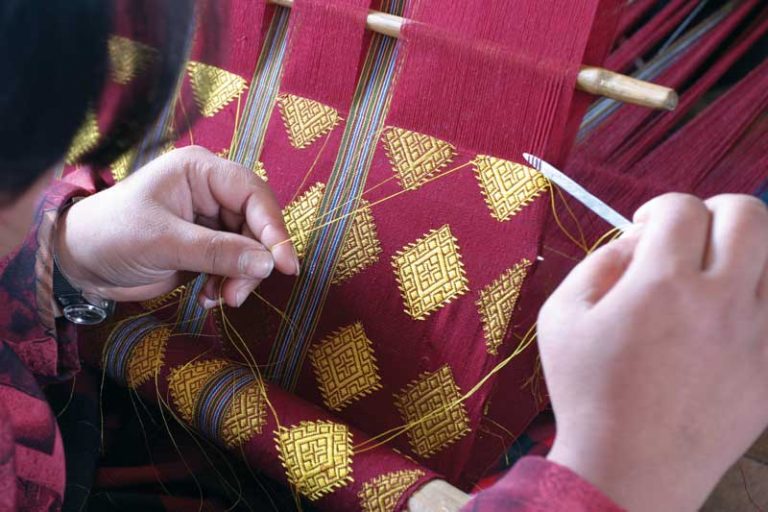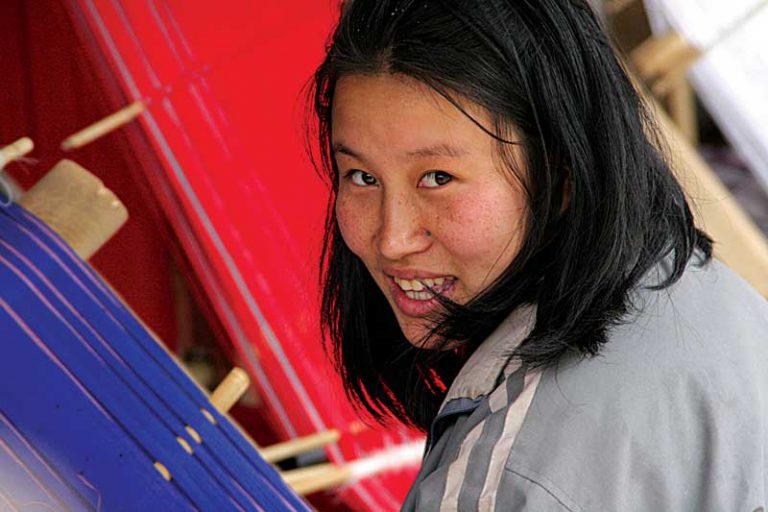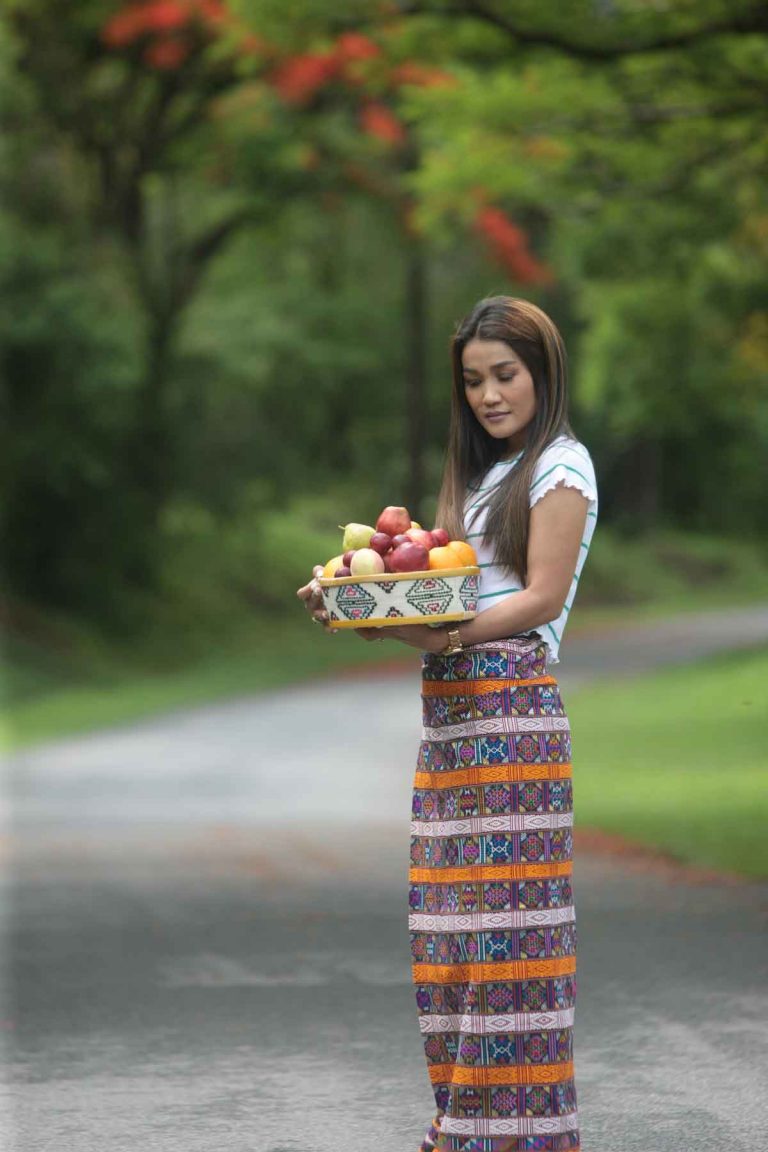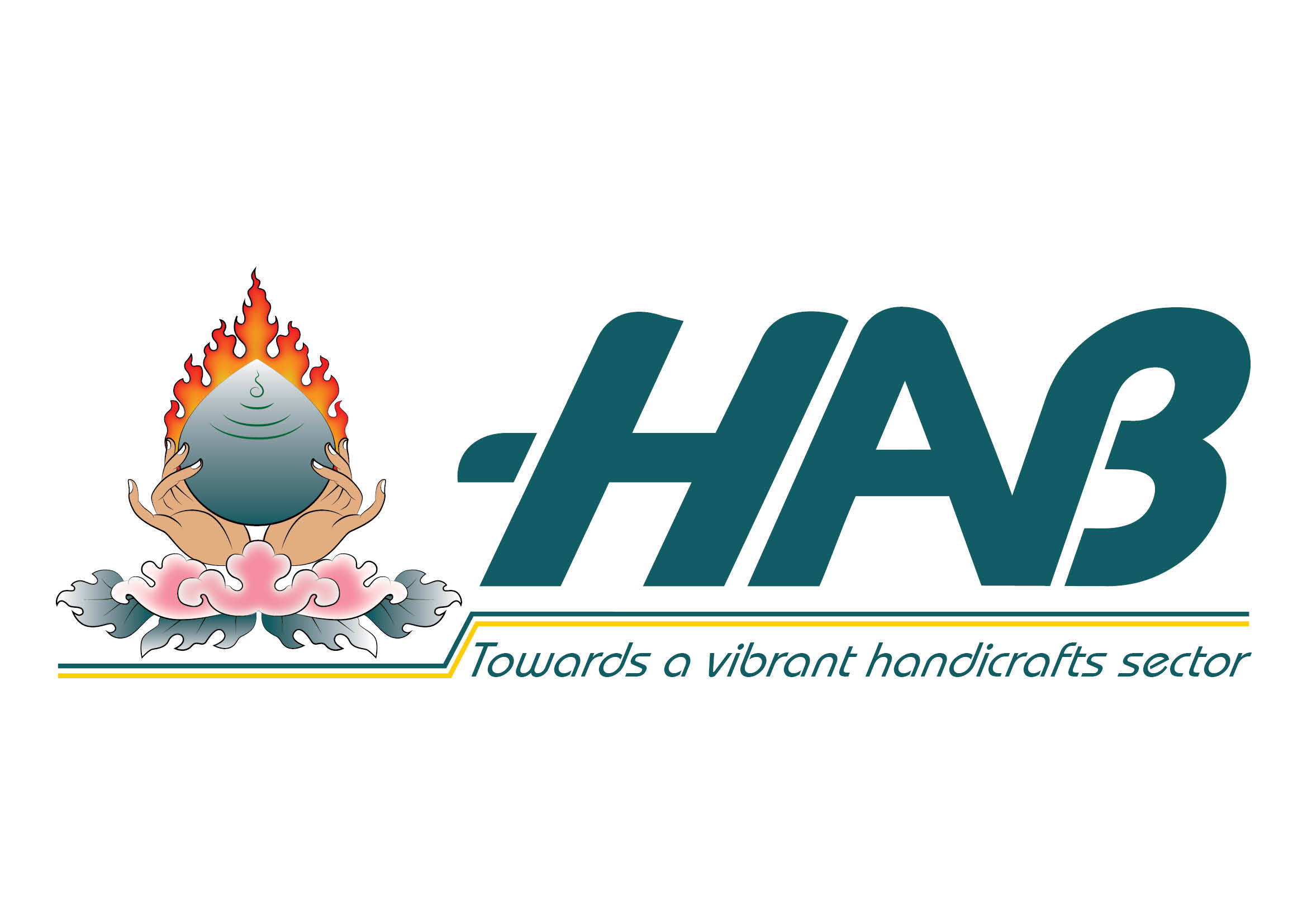Thagzo
Thagzo, or the art of weaving, is an integral part of Bhutanese life and culture, a skill that is widely practiced across the country. A domestic art handed down from mother to daughter, it remains predominantly the domain of the fairer sex, although there are some renowned male weavers as well. It is an art that features some of the most vibrant patterns anywhere: from the elaborate and expensive silk Kishutharas of Khoma in Lhuentse to the appealing homespun Bura cloths of Radhi and Bidung in Trashigang; Bumthang’s chequered Mathra weaves and yak-hair-and-wool-blended Yathra rolls. Used in traditional clothing, the weavers compose and create the textiles in vertical strips of color for men and in horizontal bars for women. Women favor the more ornamental styles with flower motifs, while for men they are more subdued except the ones reserved for celebrations, which can be equally vibrant for both sexes. The textiles vary in raw material, design and patterns according to the region. The weavers use three types of looms—back-strap, horizontal-framed, and the card-loom. Most weavers in eastern Bhutan use the back-strap loom.
Mentsimatha, Aikapur and the cotton fabric DungsamKamtham are produced in southeastern Bhutan, in Pemagatshel; AdangMathra, AdangRachu, and AdangKhamar are textiles woven in the Adang village of Wangduephodrang, in western Bhutan. Weavers in the central Bhutanese valleys of Nabji and Korphu produce fabrics from stinging nettle fibers while the highlanders of Merak and Sakteng, the Brokpas, produce dense weaves of yak hair and wool that protect them from the cold.



